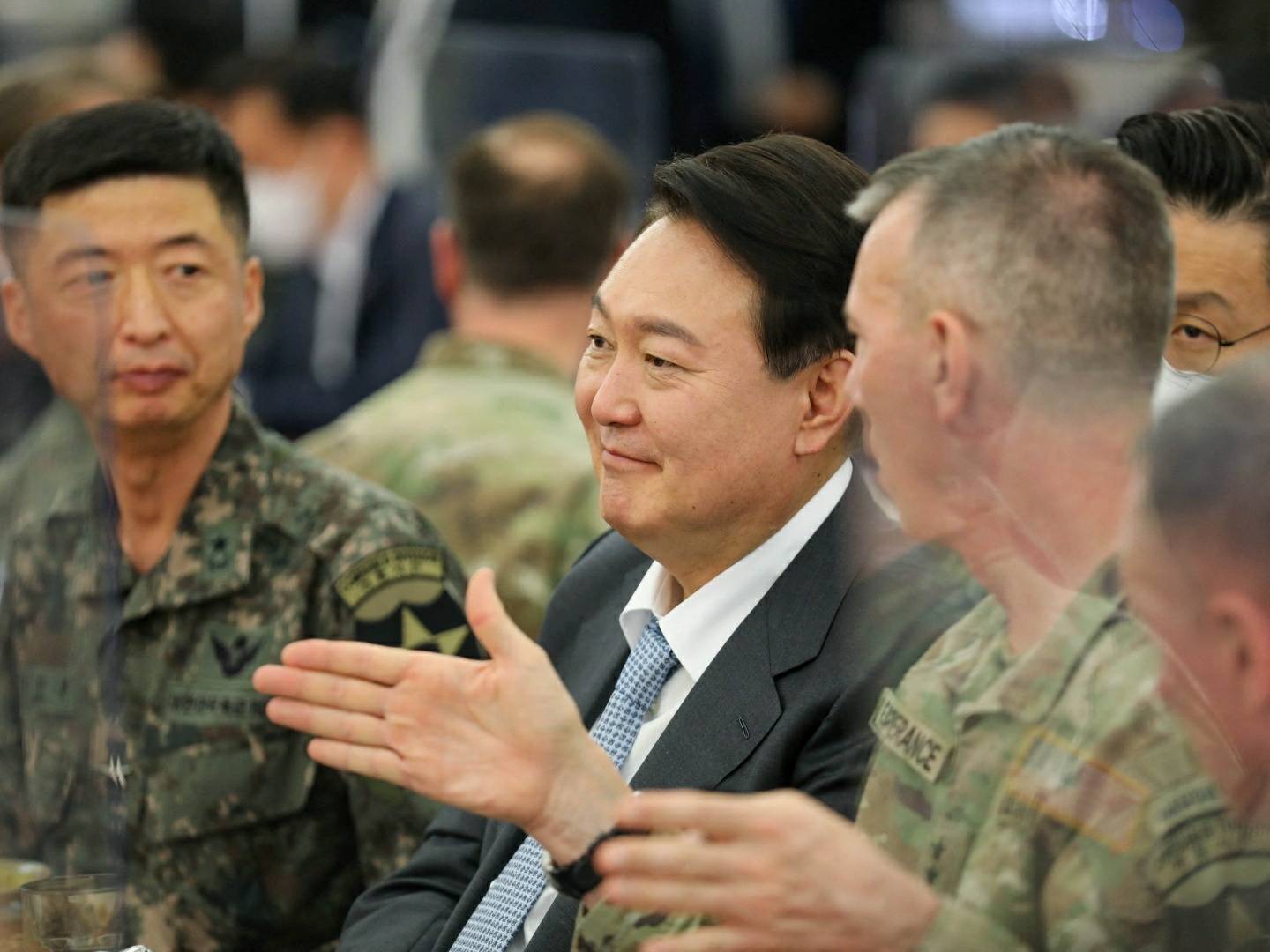When South Korean president-elect Yoon Suk-yeol begins his term on May 10, Seoul is expected to make significant changes in its foreign policy, taking a more confrontational approach toward North Korea and shifting to a tougher line with China.
The former prosecutor-general has also signaled that he intends to bolster his country’s alliance with Washington and strengthen South Korea’s own military capabilities to “completely deter any provocation” from Pyongyang.
“I’ll rebuild the South Korea-U.S. alliance. I’ll (make) it a strategic comprehensive alliance while sharing key values like a liberal democracy, a market economy, and human rights,” the conservative politician from the People Power Party said just hours after his narrow electoral win.

















With your current subscription plan you can comment on stories. However, before writing your first comment, please create a display name in the Profile section of your subscriber account page.